The Honourable The Irish Society and the Plantation of Ulster 1608-2000
Author : James Stevens Curl
Publisher : Chichester: Phillimore & Co. Ltd., 2000
ISBN: 1-86077-136-X (hbk)
Queen Elizabeth I sent the first of many English forces to counteract a rebellion of the Ulster Earls in 1593, but it was not until nine years later, after a ferocious and expensive war, that the Irish submitted to King James, who had acceded to the Throne in 1603. The subsequent 'Flight of the Earls' (1607) left huge tracts of land in the North of Ireland forfeit to the Crown: these the State determined to settle with Scots and English colonists whose loyalty would ensure, in theory, no further rebellions, and prevent or impede any 'back-door' invasion of England by hostile European powers. Lacking funds for this purpose, the King coerced the City of London, through its 55 Livery Companies, to finance part of the venture (known as The Plantation of Ulster). Thus the City and its Livery Companies became reluctant landlords and developers of a specially created new shire (composed of the then existing County of Coleraine to which parts of Counties Antrim, Donegal, and Tyrone were added) called the County of Londonderry (there never was an Irish County 'Derry'), and, to manage the business, a body was established in London which became known as The Honourable The Irish Society: it exists to this day.
In this major study the historical events leading to the involvement of the City of London in Ireland over four centuries are traced. Drawing upon the extensive archives of The Irish Society and the Livery Companies, as well as other sources, many threads, of sundry shades are pulled together to provide a balanced, detailed, book, profusely illustrated with modern and historical images. Vivid with anecdote, and placing the story firmly within a coherent historical context, this volume is a valuable aid to understanding matters that have had momentous consequences, not only for Ireland, but for the political development of Great Britain. The far-reaching effects are still very much with us today.
Reviews
'Curl paints a vivid picture of an embattled Society, set against a detailed background of historical events, seemingly attacked from all sides and yet managing to survive… The story of the London Companies’ involvement in the Plantation of Ulster was a remarkable one, with close parallels to various other trading companies that had been set up in America and Asia at that time.'
'A brief review cannot do justice to a work of such quality as this. Professor Curl is a leading authority on architecture and architectural history, whose literary output is phenomenal. In this work, which exhibits superlative production values, he also reveals his ability as a historian. Thirteen manageable chapters… reveal [an] impressive and universal command of detail and interpretation. Throughout the book there is much tangential but related material on emigration and comparative currency values, which is equally well-researched. The volume is liberally and superbly illustrated, complementing a number of valuable maps, and accompanying a useful, detailed, twenty-page glossary. The production is characterised by Curl’s erudition and fluent, articulate style ... You will not find better than this volume on the subject.'
'Curl’s history is one of obstinate retreat recorded with scholarly integrity.'
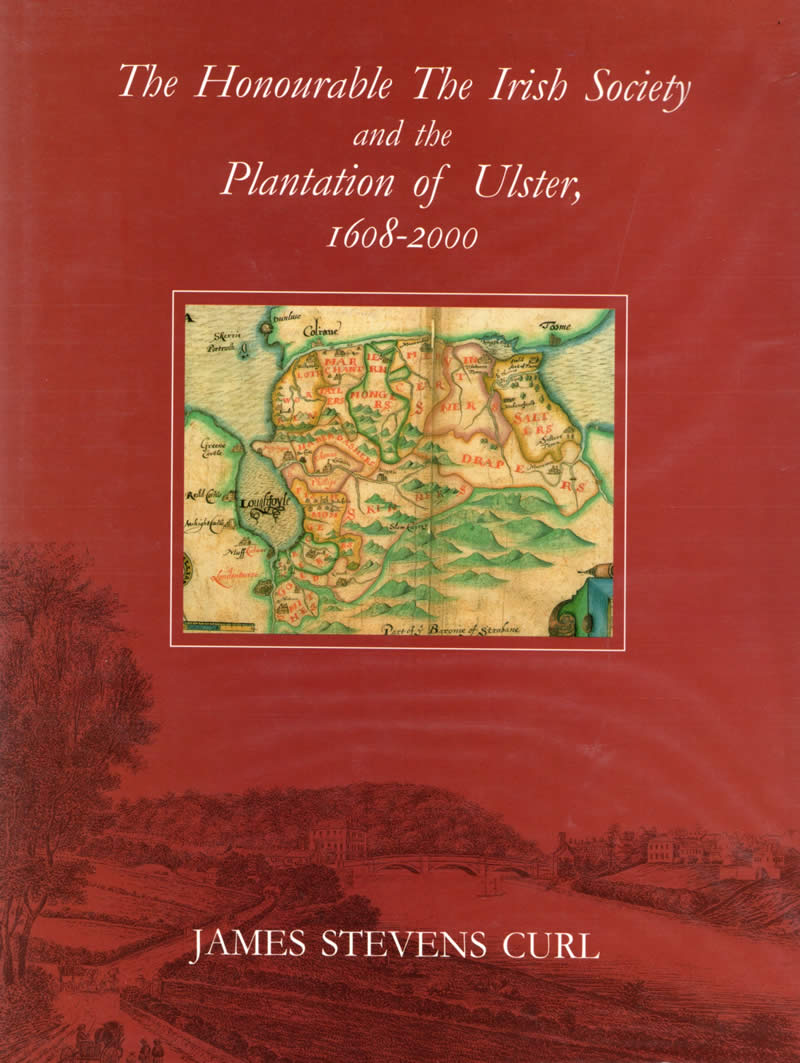
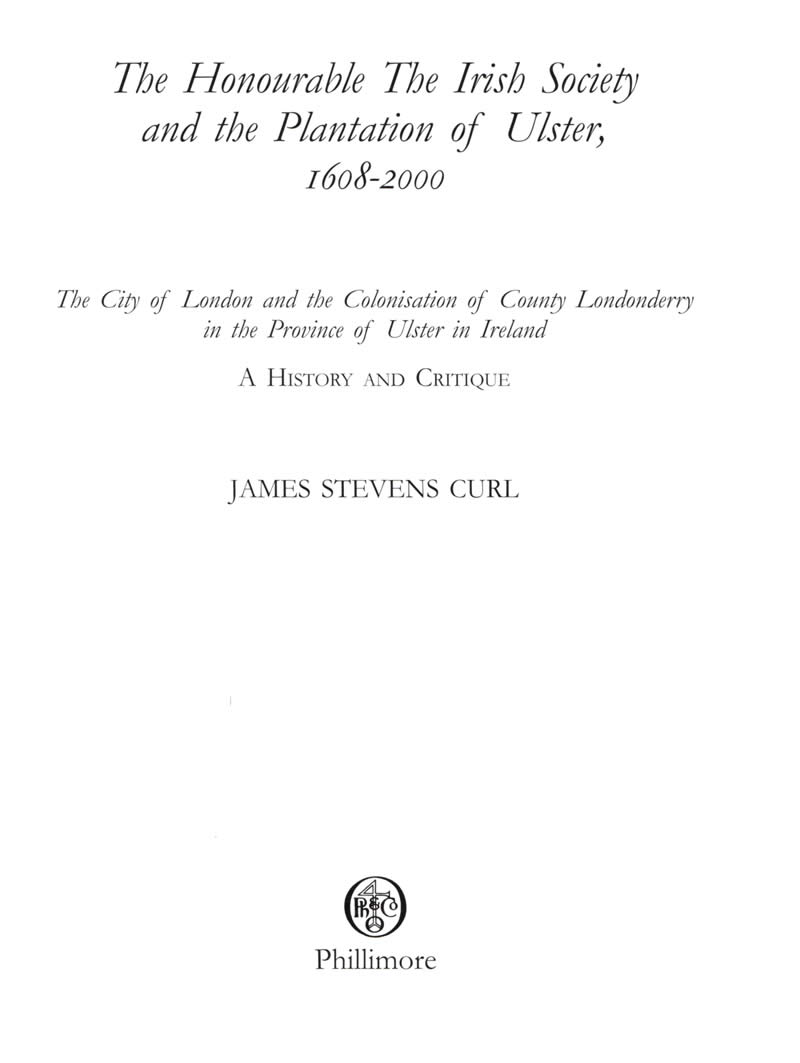
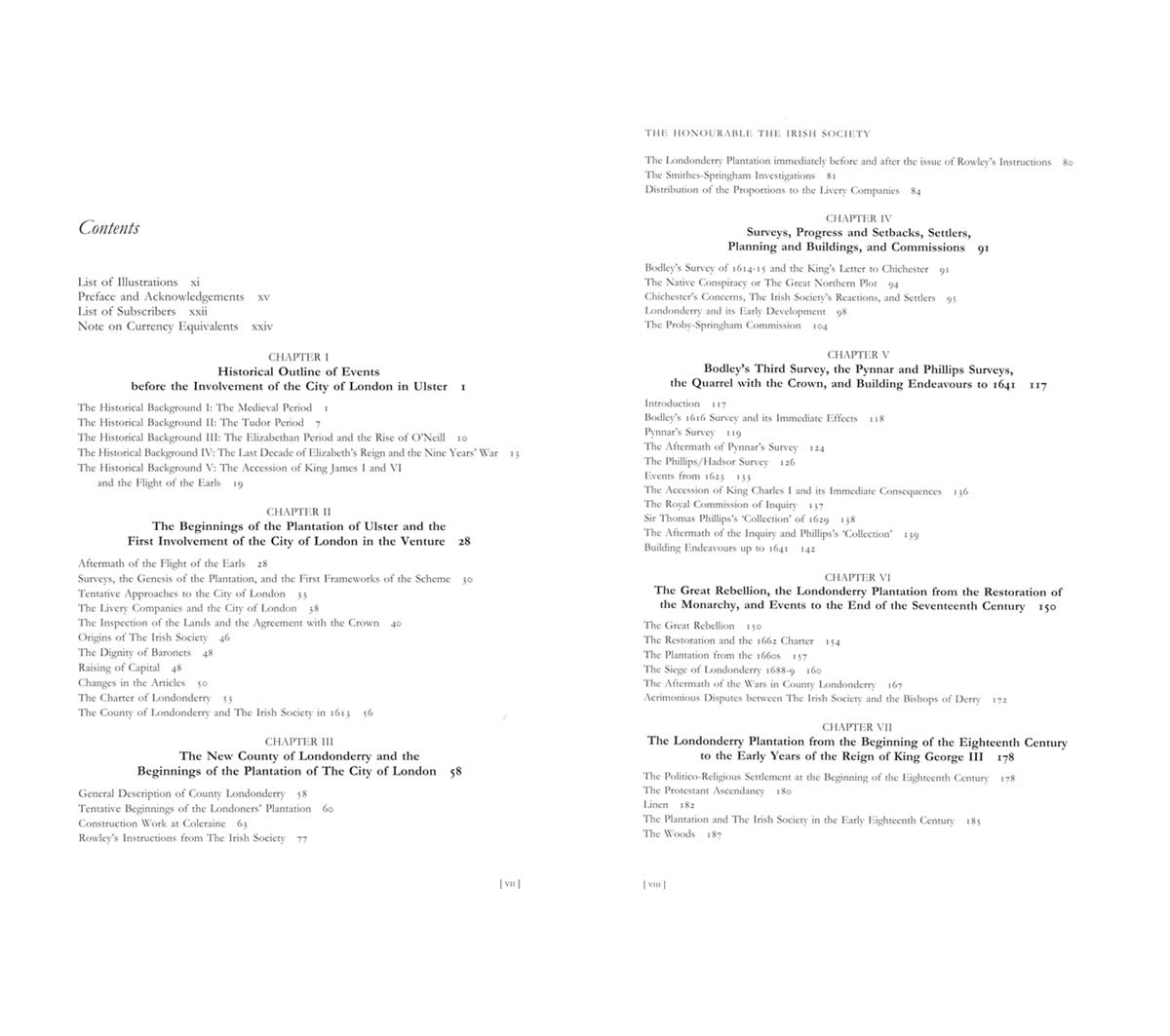
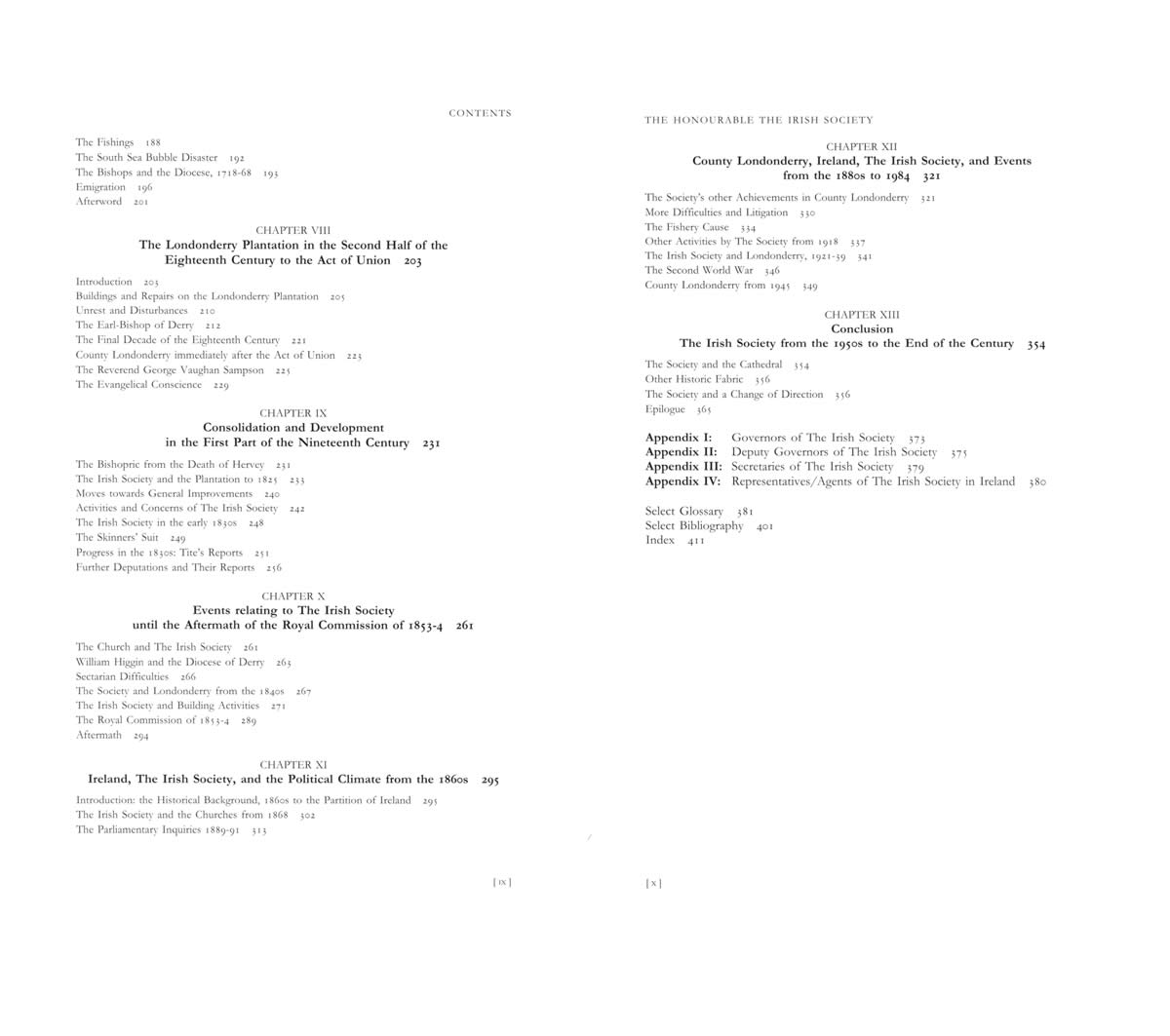
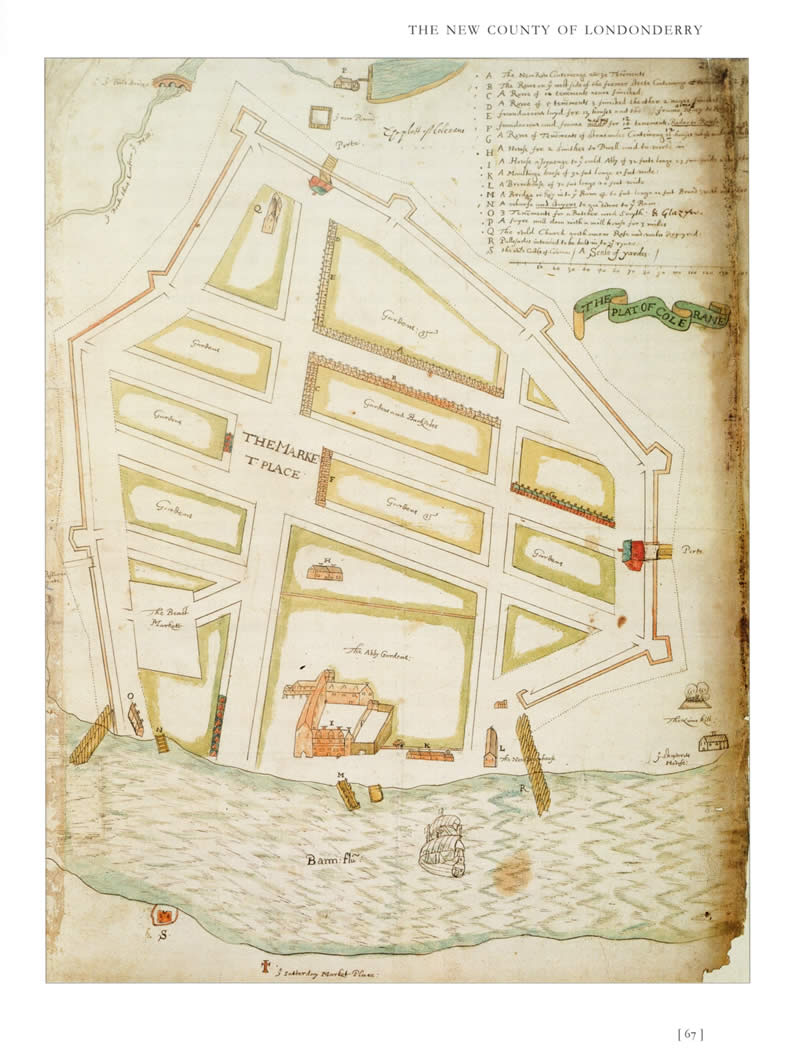
 LinkedIn
LinkedIn  Wikipedia
Wikipedia